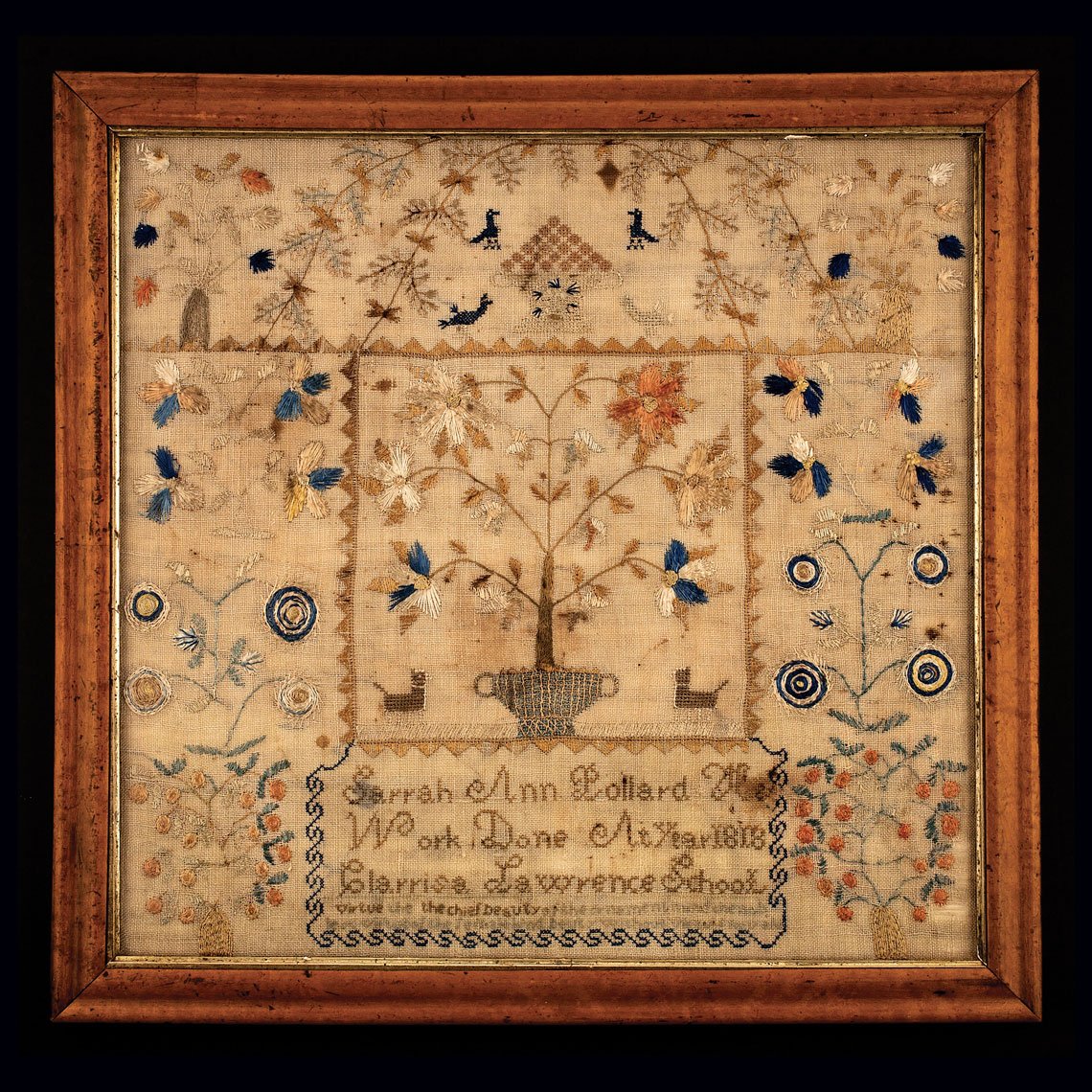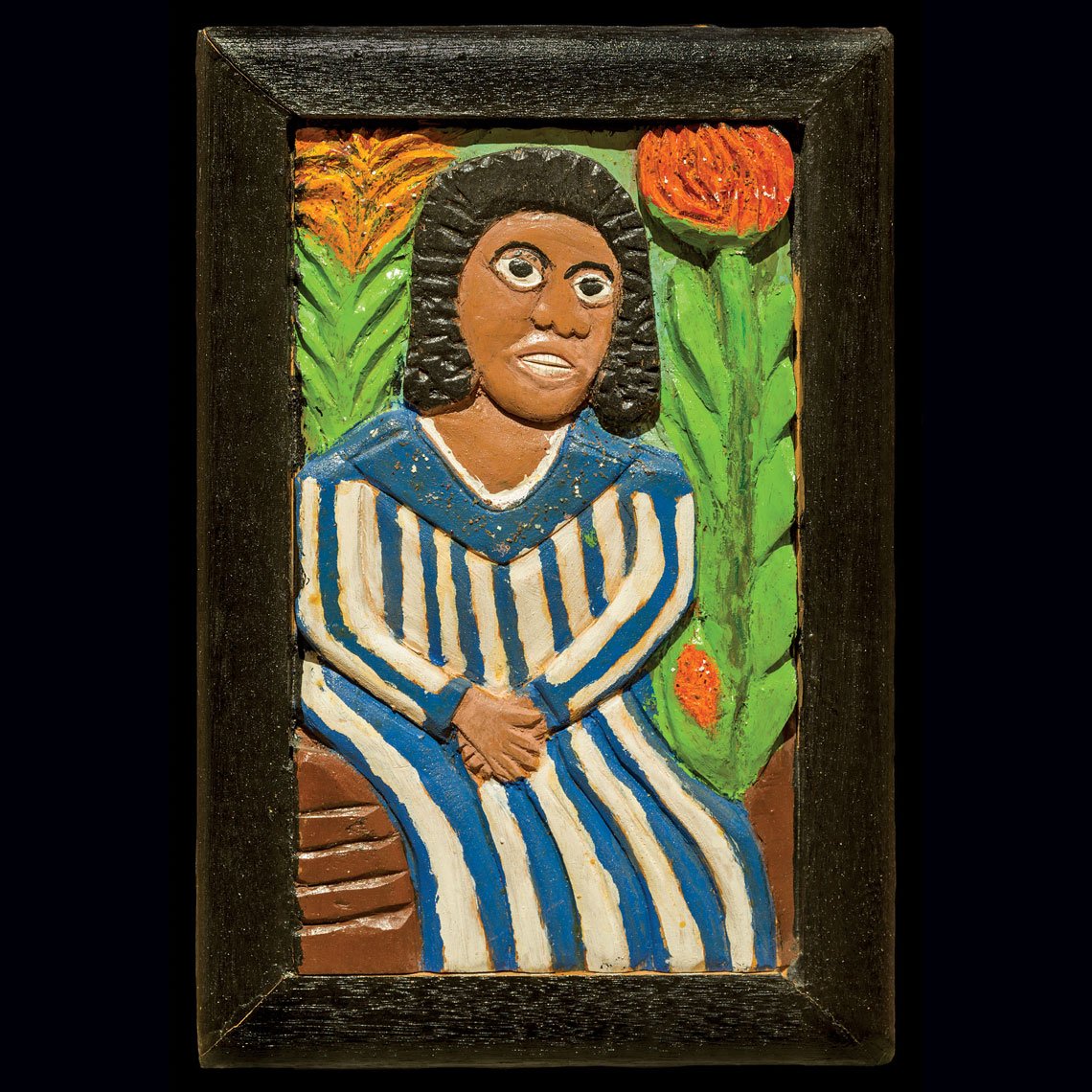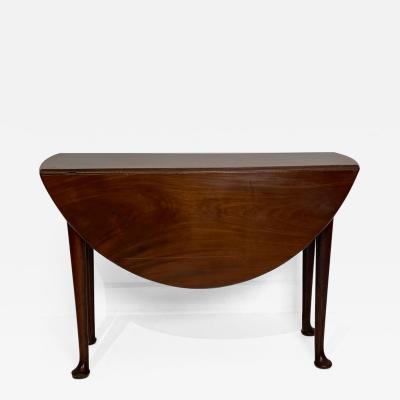"I Made This..." The Works of Black American Artists and Artisans
 |
 |
by Laura Pass Barry and Jan Gilliam
“I made this…” celebrates the lives of eighteenth through twentieth-century Black American artists and artisans through the material culture they created. The title comes from a quote by nineteenth-century enslaved potter David Drake who inscribed these words on one of his pots despite laws prohibiting literacy for enslaved people.
The exhibition represents the first time the Art Museums of Colonial Williamsburg have displayed a wide range of works from their heralded decorative arts and folk arts collections made exclusively by Black artists. Objects range in date from the eighteenth through the twentieth century and highlight the contrast of aesthetics and designs of men and women from different times, places, and backgrounds.
 |
The curation of “I made this…” was a uniquely collaborative effort reaching across many departments in the Foundation. A diverse advisory group of employees representing collections, conservation, museum theater, historic trades, history, public history, archaeology, visitor services, and orientation departments, met for several months to discuss exhibition themes and assist with object selection. The outcome of their individual experiences, backgrounds and perspectives guided important conversations, among them the decision to emphasize the personal stories of Black artists and makers alongside their objects in the exhibition.
More than thirty examples of paintings, furniture, textiles, decorative sculptures, quilts, ceramics, tools, metals and more, including new acquisitions, focus on the makers and their stories. These pieces represent the inspirations, resilience, legacies, and expression of these talented makers.
 |
Storage Jar, Thomas W. Commeraw. New York, New York, 1797–1798. Salt-glazed stoneware. Gift of Marvin (Joe) and Nancy Stone (2009.900.2).
Thomas Commeraw, a free Black artisan, owned a pottery at Corlear’s Hook in lower Manhattan from 1797 to 1819. Many of his stoneware vessels are decorated with a distinctive stamped-and-cut swag-and-tassel border skillfully painted in blue. Often, they also bear stamped letters advertising his business and its location.
Commeraw sold pottery to businesses along the Manhattan waterfront, many managed by other free Black men and women. While networking in the Black community, he actively campaigned for the abolition of slavery and the establishment of rights for free Blacks. In 1820, after losing his business in a series of court battles, Commeraw and his family emigrated to Africa with the American Colonization Society. Disillusioned after the death of his wife, he and his children returned to America in 1822.
 |
Sampler, Sarrah Ann Pollard. Salem, Massachusetts, 1818. Silk and linen. Museum Purchase (2011–103).
Sarrah Ann Pollard worked this sampler while a student at the Salem African School, where the main goal was to provide religious instruction to Black children. Her teacher was Clarissa Lawrence, a free Black woman who presided over the school from 1807–1823. In 1832 Lawrence became a charter member of the Salem Women’s Anti-Slavery Society, established by free Black women.
In 1839 Lawrence was a delegate to the third annual Anti-Slavery Convention of American Women. During a discussion about improving education for Black children, she addressed the convention, saying in part, “We meet the monster prejudice everywhere . . . we are blamed for not filling useful places in society; but give us light, give us learning, and see what places we can occupy.”
 |
Quilt, Arlonzia Pettway. Gee’s Bend, Alabama, ca. 1970. Cotton and polyester. Museum Purchase, Dr. and Mrs. T. Marshall Hahn, Jr. Fund (2008.609.11).
Arlonzia Pettway grew up in Gee’s Bend, Alabama, where she learned quilting from her mother. As a teenager she helped make a memory quilt from her deceased father’s clothing, later recalling how she had cut his shirts and trousers into shapes for the quilt top. Twentieth-century Gee’s Bend quilters are famous for their strong designs, innovative use of color, asymmetry, and free adaptation of traditional patterns. In this example, Pettway combined cotton and silk velvets, textured polyester double knits, plain and patterned cottons, and even a print with details from a 1969 Coca-Cola advertisement. She set the rectangles on angle to create a lively zigzag pattern known as Coat of Many Colors.
 |
Crucifix of Carved Stone, William Edmondson. Nashville, Tennessee, 1932–1937. Limestone. Museum Purchase (1971.907.1).
William Edmondson was a creative man who could fix anything, but many laughed when he said that God directed him to sculpt in limestone. In 1937, less than a decade into his sculpting career and despite his lack of formal training, Edmondson’s work was featured in a one-man exhibition at New York’s Museum of Modern Art. Yet he remained largely unknown for years, possibly because he preferred to be at home in Tennessee and did not crave attention.
The artist’s grave markers and figural pieces are characterized by minimal detail, as seen in the simplified face, hands, and feet of this crucifix. One of four versions of the subject, this one differs from his others in its smaller size and the contrast between the smoothly finished figure of Christ and the roughly chiseled cross and base.
 |
Two Men on a Pedestal, Bill Traylor. Probably Montgomery, Alabama, 1939–1942. Gouache and graphite on cardboard. Museum Purchase (1983.201.1).
Born in 1854, Bill Traylor lived through the Civil War, Emancipation, Reconstruction, and Jim Crow. He grew up on George Traylor’s Alabama plantation, working a large part of his life as a farmhand here and on neighboring lands. After his wife died and his children moved away, Traylor relocated to the urban environs of Montgomery. In the late 1930s, he began to paint and draw, producing more than 1,500 works in the last few years of his life. His subject matter included men in top hats (as seen here), stylish women, feral dogs, and old wild animals, often representing scenes from his past.
 |
Logging Tiger—Invention of the Chain Saw, Thornton Dial, Sr. Bessemer, Alabama, 1993. Watercolor on paper. Gift of Dr. and Mrs. T. Marshall. Hahn, Jr. (1996.301.1).
Thornton Dial lived most of his life near Bessemer, Alabama. He particularly enjoyed working with his hands, spending time as a carpenter, house painter, and iron worker. In his spare time, Dial made sculptures from recycled materials.
A longtime employee of the Pullman Standard Company, Dial also learned to draw by studying machine illustrations. When the Pullman factory closed in 1981, he retired and dedicated his remaining years to art. Dial’s works often illustrate the struggle for civil rights in the South and he frequently included tigers as an allegorical symbol of empowerment.
 |
Dining Table, attributed to Anthony Hay Shop and Enslaved Artisans, Possibly Wiltshire. Williamsburg, Virginia, 1750–1770. Mahogany, beech and yellow pine. Museum Purchase (1993-97).
When Williamsburg furniture maker Anthony Hay died in 1770, his estate inventory listed a man called Wiltshire and appraised him at £65, the highest value for an enslaved person in the Hay household. An advertisement for the sale of Hay’s estate the next year referenced a “Very Good Cabinet Maker.” Wiltshire was likely that man. Hay closed his cabinet business in 1766 and likely leased his Nicholson Street shop along with Wiltshire’s services to cabinetmaker Benjamin Bucktrout. Like the work of most apprentices or journeymen, Wiltshire’s work would have reflected the shop owner’s design and construction practices.
 |
Baptism, Clementine Hunter. Natchitoches, Louisiana, 1950–1956. Oil on laminated cardboard. Museum Purchase (1992.101.2).
Born in 1887, Clementine Hunter spent most of her life working in the fields and kitchen at Melrose Plantation in Natchitoches Parish, Louisiana. She spoke only Creole French until she was nearly 40 and could neither read nor write. During its heyday, Melrose was a center for arts, history, and culture, inspiring artists and writers to visit and stay at the property. Hunter’s first painting was created on a window shade with discarded paint left by one of the guests.
For nearly 40 years, Hunter painted the people in her community and activities of daily life in and around the plantation, like this one depicting an outdoor baptism. Of her work, she simply remarked, “I tell my stories by making pictures. My art is a gift from the Lord.” Her joyful and vibrant depictions show that, despite many hardships, she lived a full life around the people and places she loved.
 |
African Queen, Richard Burnside. Pendleton, South Carolina, ca. 1990. Paint, Masonite, and wood. Gift of Susan Buck in memory of Edward A. Chappell (2021.300.1).
Richard Burnside began painting after a foot injury sidelined his short stint in the military. He discovered that art distracted him from pain but also provided pleasure for himself and others. Much of Burnside’s adult life was spent in Pendleton, South Carolina, where he worked in jobs ranging from store clerk to restaurant chef. Later in life, he painted in Pendleton’s downtown square where he loved to see people enjoying his art.
Burnside’s work often included Africanized mask-like faces that he called Kings and Queens. These figures usually incorporated heavy outlines, dot patterns, and bright colors. Burnside said his Kings and Queens symbolized authority and power, but he also painted them simply because people liked them.
 |
Portrait of Marian Anderson, Elijah Pierce. Columbus, Ohio, 1975–1976. Wood, cardboard, paint, and glitter. Museum Purchase (1995.701.1).
Elijah Pierce heard the call to preach early in life. He supported himself by operating a barber shop in Columbus, Ohio, and he carved wooden figures in his spare time. Pierce believed his woodcarvings were a manifestation of his spirituality, but they also chronicled turning points in Black history, such as this iconic image of celebrated vocalist Marian Anderson.
Like many of her peers, Anderson’s career was plagued by racial discrimination. In 1939, after being denied a chance to perform at Washington’s Constitution Hall, the gifted contralto sang at the Lincoln Memorial by invitation of Eleanor Roosevelt. This carving portrays Anderson during that victorious concert, just at the moment she began to sing.
 |
Portrait of Susanna Cardwell McCausland and Child, attributed to Joshua Johnson. Baltimore, Maryland, ca. 1814. Oil on canvas. Museum Purchase (1959.100.3).
Joshua Johnson is one of America’s earliest documented Black professional artists. Born into slavery about 1763, he was manumitted at the age of 19 after completing an apprenticeship in blacksmithing. Johnson instead pursued a career as a portraitist, later describing himself as “self-taught.” Only two of the known portraits from his 30-year career depict Black subjects; all the rest portray middleclass and wealthy white citizens of Baltimore and its vicinity. Shown here is Susanna McCausland, who immigrated from Ireland to Maryland in 1804. On her lap is one of her ten known children.
 |
Side Chair, Attributed to Thomas Day. Milton, North Carolina, 1845–1855. Mahogany, yellow pine, tulip poplar, linen, and horsehair. Gift of Ronald and Mary Jean Hurst in honor of Leroy Graves (2022-71).
Born to a free Black mother, Thomas Day was a gifted cabinetmaker. After moving to Milton, North Carolina, he produced furniture and architectural woodwork from the early 1820s until his death about 1861. Day’s labor force included enslaved, free Black, and white artisans. Their products followed current fashion but also incorporated distinctive and creatively shaped crest rails, splats, and other elements. Typical of Day’s work, this chair descended in the family of his neighbors and fellow Presbyterian parishioners, Samuel and Elizabeth Watkins. In 1848 they sold Day the brick building that became his home and shop. It stands today.
Day was described by Milton’s white community in an 1830 document as a “freeman of colour. . . . a first rate workman, a remarkably sober, steady and industrious man, a highminded, good, and valuable citizen, possessing a handsome property in this town.” His 1835 participation in The Fifth Annual Convention for the Improvement of the Free People of Colour in Philadelphia suggests he faced challenges despite his excellent reputation and his status as a free man.
 |
“I made this…” is on view in the Miodrag and Elizabeth Ridgely Blagojevich Gallery of the DeWitt Wallace Decorative Arts Museum and will remain on view through Dec. 31, 2025. A symposium planned for November 10–11, 2023 will feature scholars speaking on a variety of topics related to African American art and craftsmanship. For more information, visit colonialwilliamsburg.org.
 |
Laura Pass Barry is the Julie Grainger Curator of Paintings, Drawings, and Sculpture at Colonial Williamsburg, and Jan Gilliam is the manager of exhibition planning and associate curator of toys for the Art Museums of Colonial Williamsburg.
All images courtesy of The Art Museums of Colonial Williamsburg.































